

Is Daily License Verification Really More Effective?
A Deep Dive Into the Pros and Cons of Daily, Weekly, Monthly, and Beyond


44%




How often should you really verify licenses and credentials? The answer varies, depending on who you ask.
The Joint Commission's standards are clear: Healthcare organizations must verify their practitioners’ licenses and credentials at hire and at expiration. But depending on the state and the license type, this leaves a gap of several years where these organizations don’t have visibility into the current status of the practitioner’s credentials. This gray area presents an added layer of risk for provider organizations, some of whom still rely on outdated manual processes for primary source verifications due to resource constraints.
Human resources, compliance, and clinical leaders know that this issue affects the quality of the care their organizations deliver. In a 2024 survey of 150 healthcare executives, 88% reported that their organization verifies credentials more often than is required. Though annual verification was the most common frequency reported, half of respondents answered that they’d like to increase their frequency to at least every six months.
Finding the right frequency is a delicate balance of your organization’s risk and resources. Think of license and credential verification frequency as a graph where each organization’s position is determined by its risk tolerance and available resources. As your resource spend increases (in terms of both money and manpower), your risk simultaneously decreases—but only up to a certain threshold. The return on investment plateaus past that threshold, and your risk reduction is barely detectable.
of provider organizations verify credentials annually
99%


agree that accurate, timely provider eligibility verifications support healthcare equity and care quality

Find the Right Frequency for Your Population
Ultimately, the decision of how frequently to verify licenses and credentials will vary for different populations. It's essential to weigh your risk tolerance, the available resources, and the level of risk that's baked into your population.
Even more importantly, consider how you're verifying your practitioner data. Do you have a data partner that performs verification at the primary source, complete with screenshots, regardless of frequency? Do they resolve all "potential matches" before delivering results, or are you left sorting through alerts manually?
No matter how frequently you verify a license, the results can only be as accurate as your practitioner data. Get in touch with the ProviderTrust team today to explore how leveling up your data integrity, along with finding the right frequency, can improve your license verification results.
Learn more about how ProviderTrust �tailors license and credential verification �for our clients.
Get Started


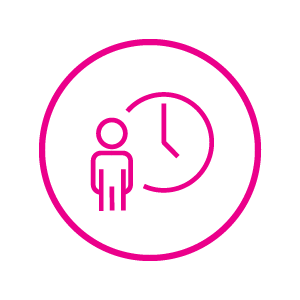
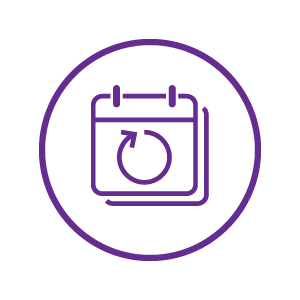
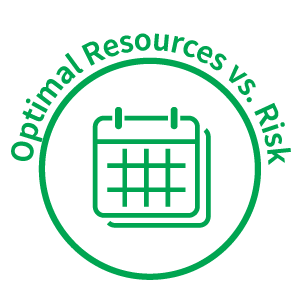
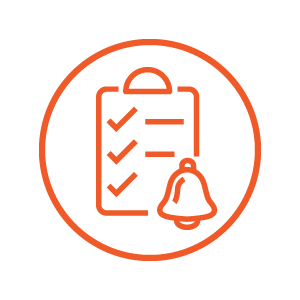
At Hire and�at Expiration
Annual Verification
Monthly Verification
Daily Verification


At Hire and at Expiration
High risk tolerance, low use of resources
At this level, provider organizations follow the regulatory requirements without any additional monitoring. This tends to be a more budget-friendly option, particularly for organizations that still carry out credential verifications manually. But this leaves a gap of several years between credential verifications, during which a provider could have their license suspended or even revoked without the organization’s knowledge.
In addition to putting patient safety at risk, this low level of oversight leaves provider organizations open to fines and penalties, not to mention the reputational risk of employing an ineligible provider. At this frequency, disciplinary action would likely go unnoticed unless the issue escalated to a federal or state exclusion—which presents a much more difficult and costly issue for provider organizations. On average, we’ve observed an 18-month gap between when a provider receives a disciplinary action at the board level and when they receive an exclusion from the Office of the Inspector General (OIG). This leaves a period of 18 months that your organization is out of compliance and at risk of fraud, waste, and abuse.
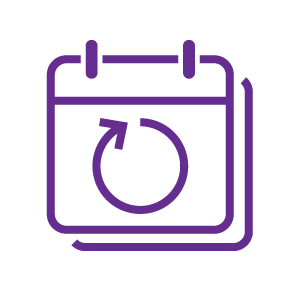

Medium-high risk tolerance, medium-low use of resources
Annual Verification
Annual credential verification is the most common frequency, according to a 2024 survey of 150 healthcare executives ProviderTrust conducted in partnership with Healthcare Dive. Though verifying credentials annually is certainly a step up from verifying at hire and at expiration, it still leaves a significant gap of time in which a practitioner’s credential status could change.
Most provider organizations can achieve an annual frequency without a large increase in resource allocation, whether they rely on internal team members to manually verify credentials or outsource the process. However, with a low lift in resources comes a low level of risk reduction, and a 12-month gap between verifications leaves organizations vulnerable to many of the same risks they’d face if they only followed the minimum requirements.


Low risk tolerance, medium use of resources
Monthly Verification
With nearly 15 years of experience, we’ve found that monthly verification of license and credential status offers the best balance of risk and resources for most provider organizations. Unlike annual verifications, a monthly cadence closely matches the frequency with which most primary sources are updated with a new sanction, disciplinary action, or other board action. This means that organizations following a monthly frequency are more likely to learn about a change in a practitioner’s work eligibility as soon as it happens, giving them the information they need to make an informed decision.
After all, the purpose of license and credential verification goes beyond confirming that a license exists. It determines a practitioner’s overall eligibility to provide a specific level of care, which may be affected by a status change at any time. Increasing to a monthly approach requires a lift in resources, but at this frequency, organizations generally rely on automation to provide a higher degree of accuracy and efficiency than a manual approach. Between the drastic reduction in risk and the improved accuracy of automation, a monthly frequency achieves the best balance of risk and resources while prioritizing patient safety.


Low risk tolerance, high use of resources
Daily Verification
In the vast majority of cases, daily verification at the primary source doesn’t actually flag more licensure issues than weekly or monthly verification. Over the course of performing 54,472,786 primary source verifications for ProviderTrust’s top 40 clients, we detected an anomaly (meaning an encumbered status on a license) only 0.00445% of the time.
The chances of finding an issue aren’t just slim—the boards aren’t updating daily, and they’re not set up to support the amount of traffic generated by daily verification. In fact, many primary sources limit the number of times a license can be verified within a certain timeframe. This rules out the possibility of daily verification across the board—though some low-cost solutions still claim they verify at the primary source daily.
Explore frequency options by clicking the circles below.



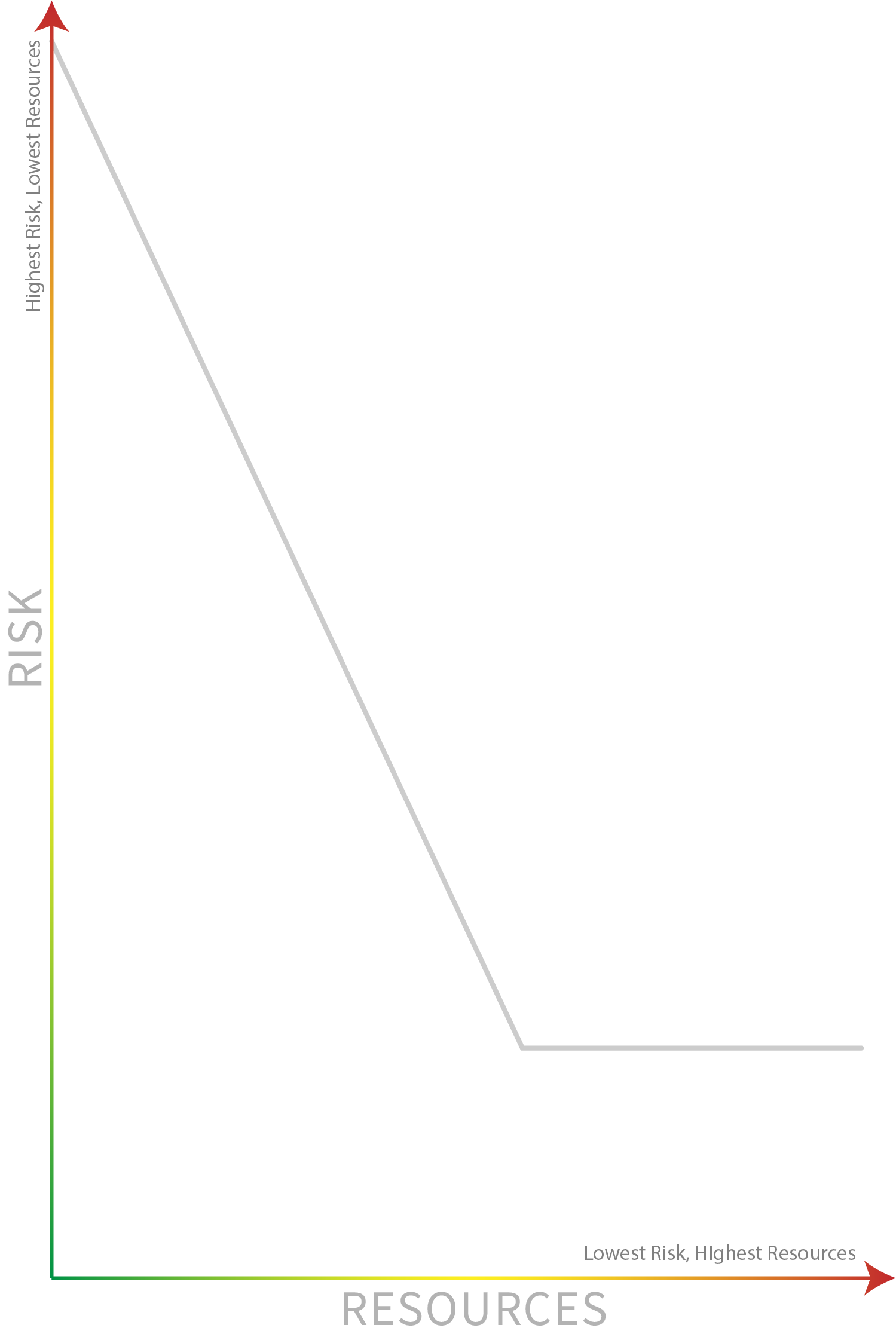

Weekly Verification

Low risk tolerance, medium-high use of resources
Weekly Verification
It would be easy to assume that increased verification frequency is always better, but risk reduction drops off dramatically after you surpass a monthly frequency. Most primary sources aren’t updated daily, or even weekly, but a weekly verification can catch most issues as soon as they arise.
In some cases, you may be able to mix and match frequencies within your population based on different levels of risk. For example, nurses and bill-for-service providers tend to be among the riskiest populations. Find a solution that can perform more frequent verifications for some of those risky populations (like ProviderTrust’s integration with Nursys), and you’ll reduce your risk without multiplying the resources needed to monitor the entire population at a higher frequency.
Daily Verification


Low risk tolerance, high use of resources
Daily Verification
In the vast majority of cases, daily verification at the primary source doesn’t actually flag more licensure issues than weekly or monthly verification. Over the course of performing 54,472,786 primary source verifications for ProviderTrust’s top 40 clients, we detected an anomaly (meaning an encumbered status on a license) only 0.00445% of the time.
The chances of finding an issue aren’t just slim—the boards aren’t updating daily, and they’re not set up to support the amount of traffic generated by daily verification. In fact, many primary sources limit the number of times a license can be verified within a certain timeframe. This rules out the possibility of daily verification across the board—though some low-cost solutions still claim they verify at the primary source daily.



Contact

615-938-7878

Resource Library

Property of ProviderTrust, Inc. | 2025 All Rights Reserved.


Explore frequency options by clicking the circles below.
At Hire and�at Expiration
Annual Verification
Ongoing Monthly Verification
Daily Verification

High risk tolerance, low use of resources
At Hire and at Expiration
At this level, provider organizations follow the regulatory requirements without any additional monitoring. This tends to be a more budget-friendly option, particularly for organizations that still carry out credential verifications manually. But this leaves a gap of several years between credential verifications, during which a provider could have their license suspended or even revoked without the organization’s knowledge.
In addition to putting patient safety at risk, this low level of oversight leaves provider organizations open to fines and penalties, not to mention the reputational risk of employing an ineligible provider. At this frequency, disciplinary action would likely go unnoticed unless the issue escalated to a federal or state exclusion—which presents a much more difficult and costly issue for provider organizations. On average, we’ve observed an 18-month gap between when a provider receives a disciplinary action at the board level and when they receive an exclusion from the Office of the Inspector General (OIG). This leaves a period of 18 months that your organization is out of compliance and at risk of fraud, waste, and abuse.
Medium-high risk tolerance, medium-low use of resources
Annual Verification
Annual credential verification is the most common frequency, according to a 2024 survey of 150 healthcare executives ProviderTrust conducted in partnership with Healthcare Dive. Though verifying credentials annually is certainly a step up from verifying at hire and at expiration, it still leaves a significant gap of time in which a provider’s credential status could change.
Most provider organizations can achieve an annual frequency without a large increase in resource allocation, whether they rely on internal team members to manually verify credentials or outsource the process. However, with a low lift in resources comes a low level of risk reduction, and a 12-month gap between verifications leaves organizations vulnerable to many of the same risks they’d face if they only followed the minimum requirements.
Low risk tolerance, medium use of resources
Ongoing Monthly Verification
With nearly 15 years of experience, we’ve found that monthly verification of license and credential status offers the best balance of risk and resources for most provider organizations. Unlike annual verifications, a monthly cadence closely matches the frequency with which most primary sources are updated with a new sanction, disciplinary action, or other board action. This means that organizations following a monthly frequency are more likely to learn about a change in a provider’s work eligibility as soon as it happens, giving them the information they need to make an informed decision.
After all, the purpose of license and credential verification goes beyond confirming that a license exists. It determines a provider’s overall eligibility to provide a specific level of care, which may be affected by a status change at any time. Increasing to a monthly approach requires a lift in resources, but at this frequency, organizations generally rely on automation to provide a higher degree of accuracy and efficiency than a manual approach. Between the drastic reduction in risk and the improved accuracy of automation, a monthly frequency achieves the best balance of risk and resources while prioritizing patient safety.
Low risk tolerance, high use of resources
Daily Verification
In the vast majority of cases, daily verification at the primary source doesn’t actually flag more licensure issues than weekly or monthly verification. Over the course of performing 54,472,786 primary source verifications for ProviderTrust’s top 40 clients, we detected an anomaly (meaning an encumbered status on a license) only 0.00445% of the time.
The chances of finding an issue aren’t just slim—the boards aren’t updating daily, and they’re not set up to support the amount of traffic generated by daily verification. In fact, many primary sources limit the number of times a license can be verified within a certain timeframe. This rules out the possibility of daily verification across the board—though some low-cost solutions still claim they verify at the primary source daily.







44%

99%